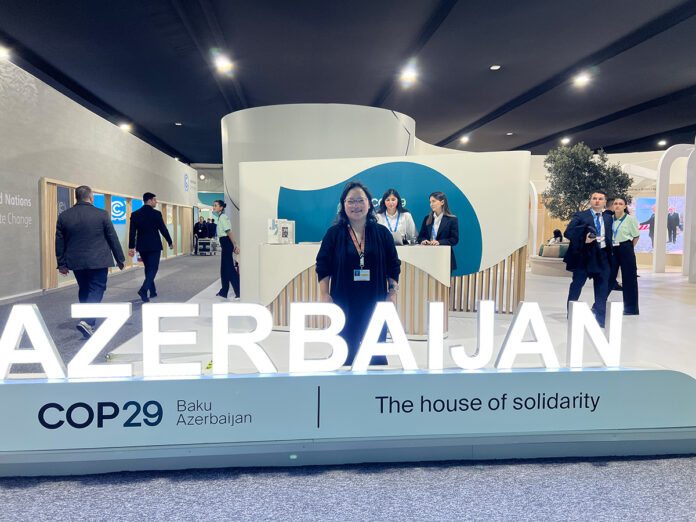“The measure of a country’s greatness should be based on how well it cares for its most vulnerable populations.” – Mahatma Gandhi
It is no longer the question of whether climate change is real or not; as record-breaking temperatures, destructive floods, droughts, wildfires, and tropical cyclones occur around the entire world. Zooming in, the United States alone, since 1980’s has had 376 weather and climate disasters exceeding 2.7 trillion dollars (climate.gov), not counting the lives lost and impacted by these events.
What is climate change? Simply stated, the earth is surrounded by an envelope of gasses that trap the sun’s heat and prevent the earth from freezing. However, accumulation of these gasses can cause too much heat to be trapped and raise temperatures that will eventually be unsuitable for life. Accumulation of these ‘greenhouse gasses’ occur primarily due to the burning of fossil fuels (coal, oil, natural gas) which releases large amounts of carbon dioxide, one of the three main greenhouse gasses, into the atmosphere. We burn fossil fuels to generate different forms of energy such as electricity and heat. To complicate matters further, we are removing trees (deforestation) and green space (urban encroachment) which would’ve helped to reduce the carbon dioxide accumulation from the atmosphere. Thus bringing us to the climate crisis we are facing today.
In a global effort to address the climate crisis, the United Nations Framework Convention on Climate Change adopted the Kyoto Protocol in 1997. The Kyoto Protocol, signed by 192 countries and legally binds these developed countries, which are responsible for the majority of the carbon emission — to reduce their carbon output. This was followed by the Paris Agreement in 2015, which builds on the Kyoto Protocol by establishing a new global effort to address climate change through mitigation (reduce carbon emissions), adaptation (adjust to current and future climate change effects), and loss and damage (support to those most impacted by climate change) efforts. The new goal of the Paris Agreement was to keep the global temperature rise below 2 degrees celsius — specifically, 1.5 degrees Celsius.

COP29 is referred to as the ‘climate finance COP’ because the goal is to establish a new global climate finance target, simply stated how much should wealthy nations (referred to as the Global North), which are responsible for the majority of the carbon emissions, pay to vulnerable nations (referred to as the Global South) which are most impacted by climate change, although they produce the lowest carbon emissions.
Globally, all nations agree that climate action is needed for a sustainable future, however the great divide in climate action arises when it is time to discuss responsibilities and finance. Which is why this COP was so chaotic and contentious. The prior goal of $100 billion by 2025 is no longer sufficient given the rise in carbon emissions. According to climate experts, the new proposed goal should be $1 trillion — a minimum of what is needed to assist vulnerable nations deal with the impacts of climate change and build sustainable clean energy.
The world’s future is dependent on how these nations will respond.
Cuc is a Climate Generation Window Into COP delegate for COP29. To learn more, we encourage you to meet the full delegation, support our delegates, and subscribe to the Window Into COP digest.

Cuc (pronounced “Cook”) Vu is a graduate student in the STEM Education program at the University of Minnesota. Her research interest involves examining the phenomena behind inequities in representation of marginalized populations in STEM disciplines. Her favorite class to teach is “Nature in the Cities”, an environmental science course that focuses on science and conservation of biodiversity in the Twin Cities. This course covers the importance of socially responsible and culturally sensitive interventions to environmental problems.




